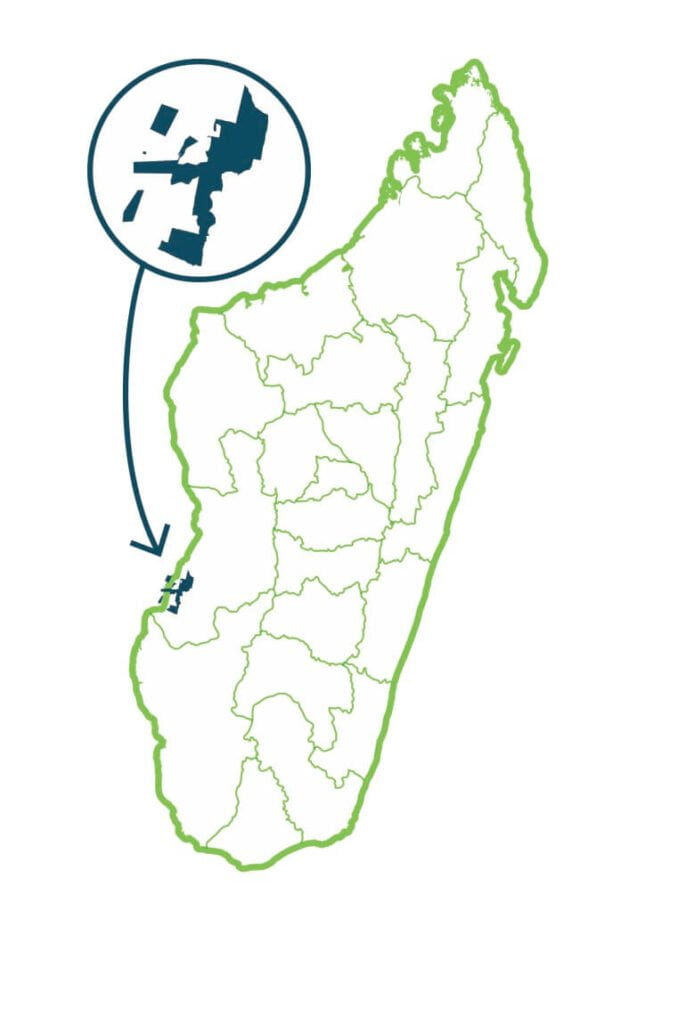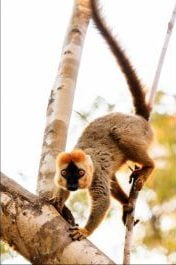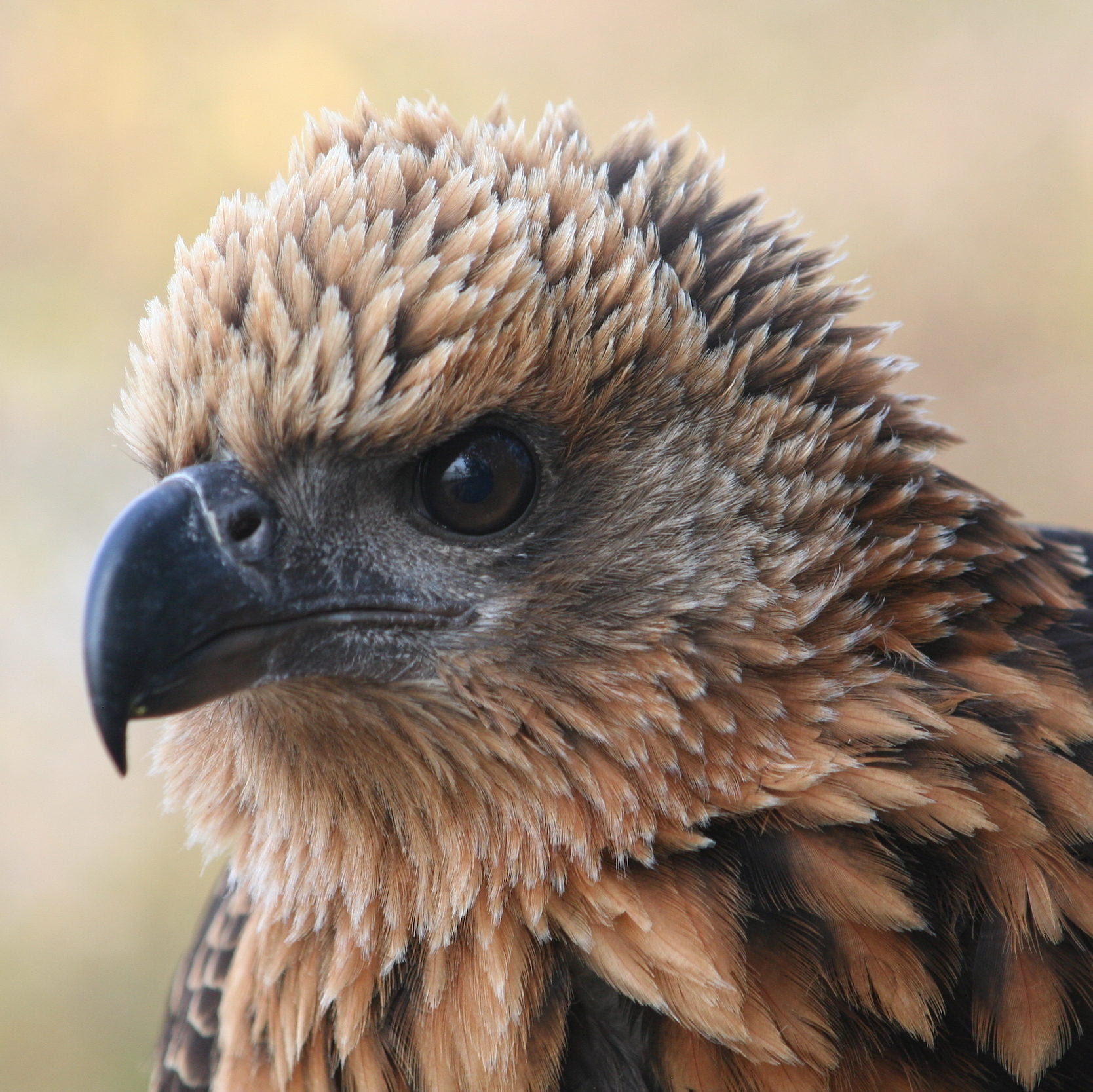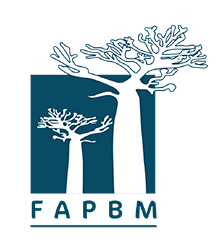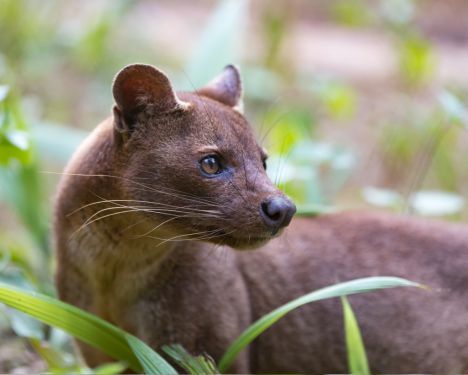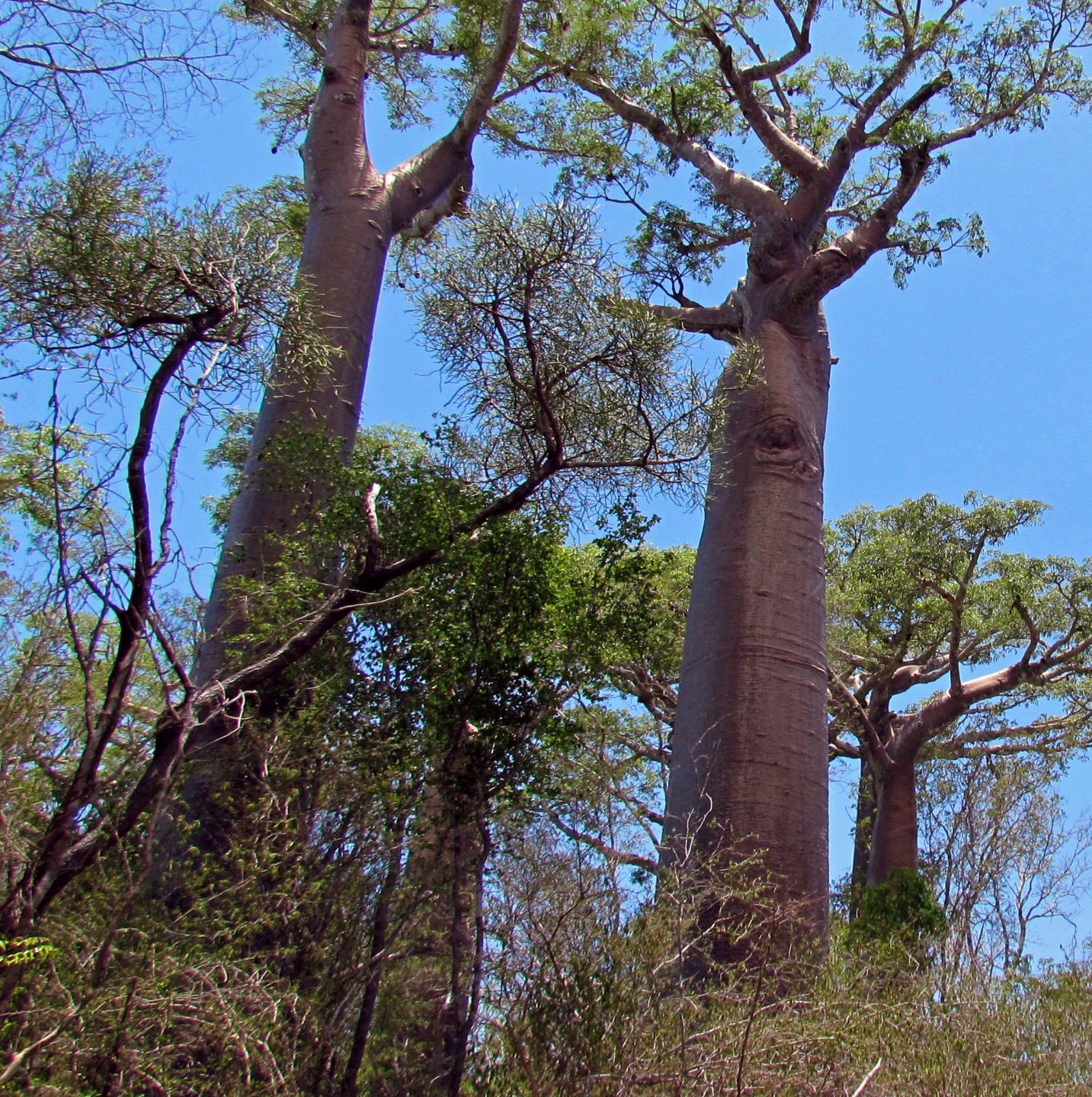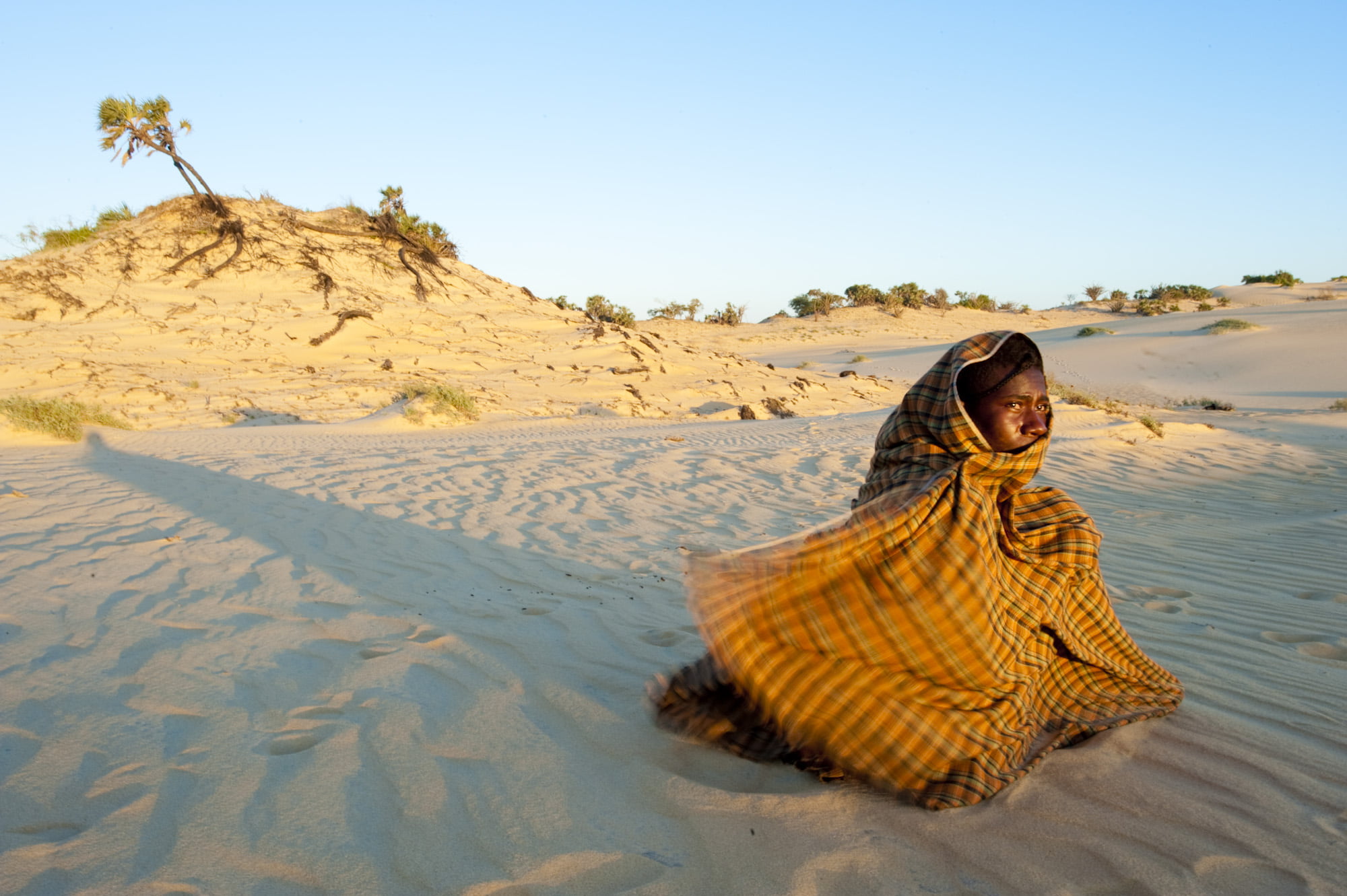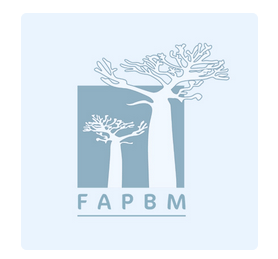Flagship Species
Kirindy Mité National Park is a UNESCO MAB (Man And Biosphere) site. It is a center of important local endemism and diversity thanks to the presence of southern and western Madagascar biotopes.
The national park presents several types of ecosystems: dry deciduous forests, savannas, mangroves, rupicolous forests, lakes and coastal dunes.
We find 98% of the species of the Bombacaceae family with 3 species of baobab: Andasonia grandidieri, Andasonia rubrostipa and Andasonia za.
